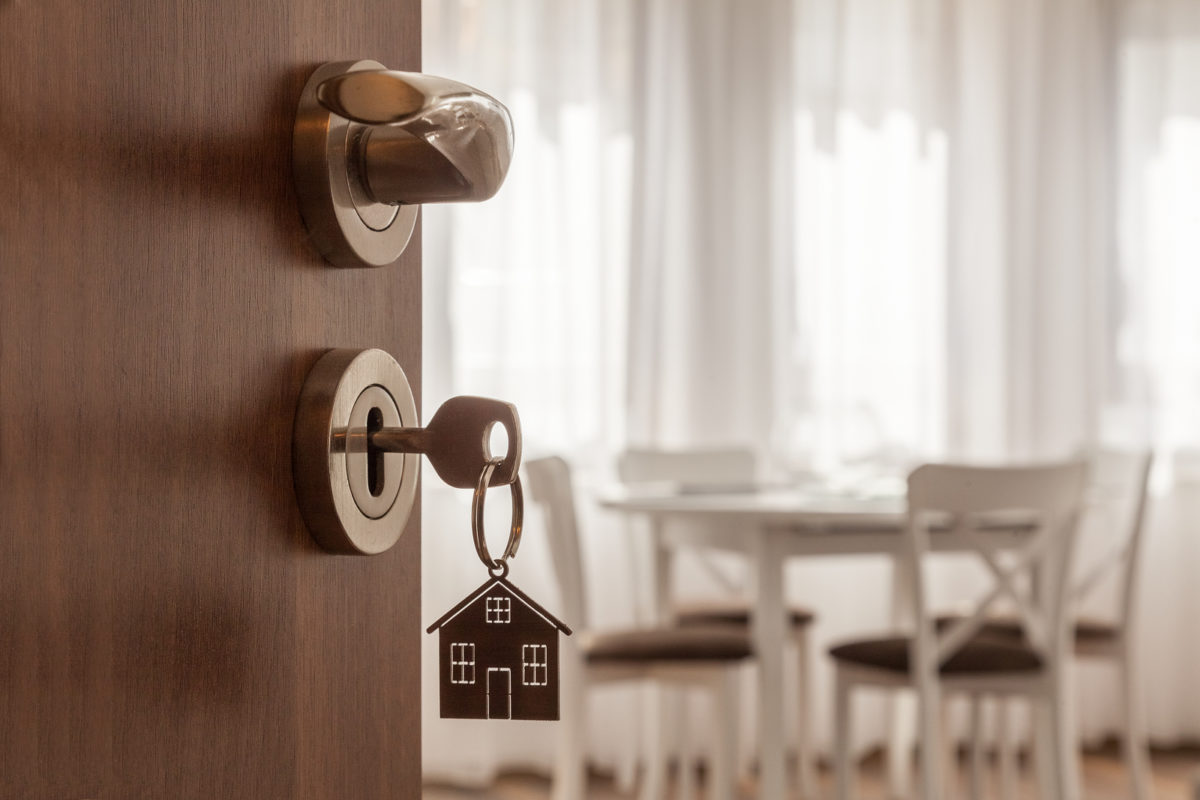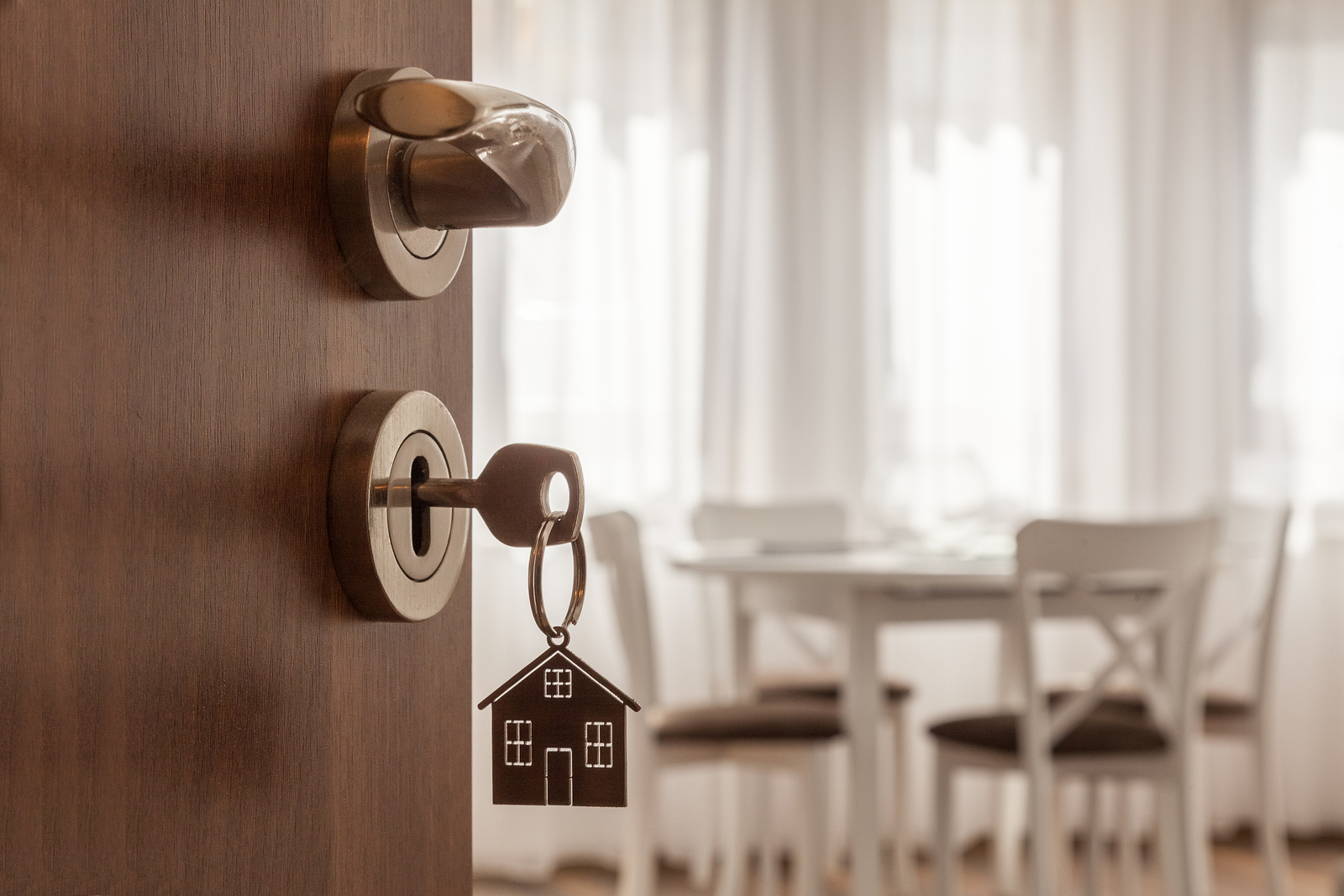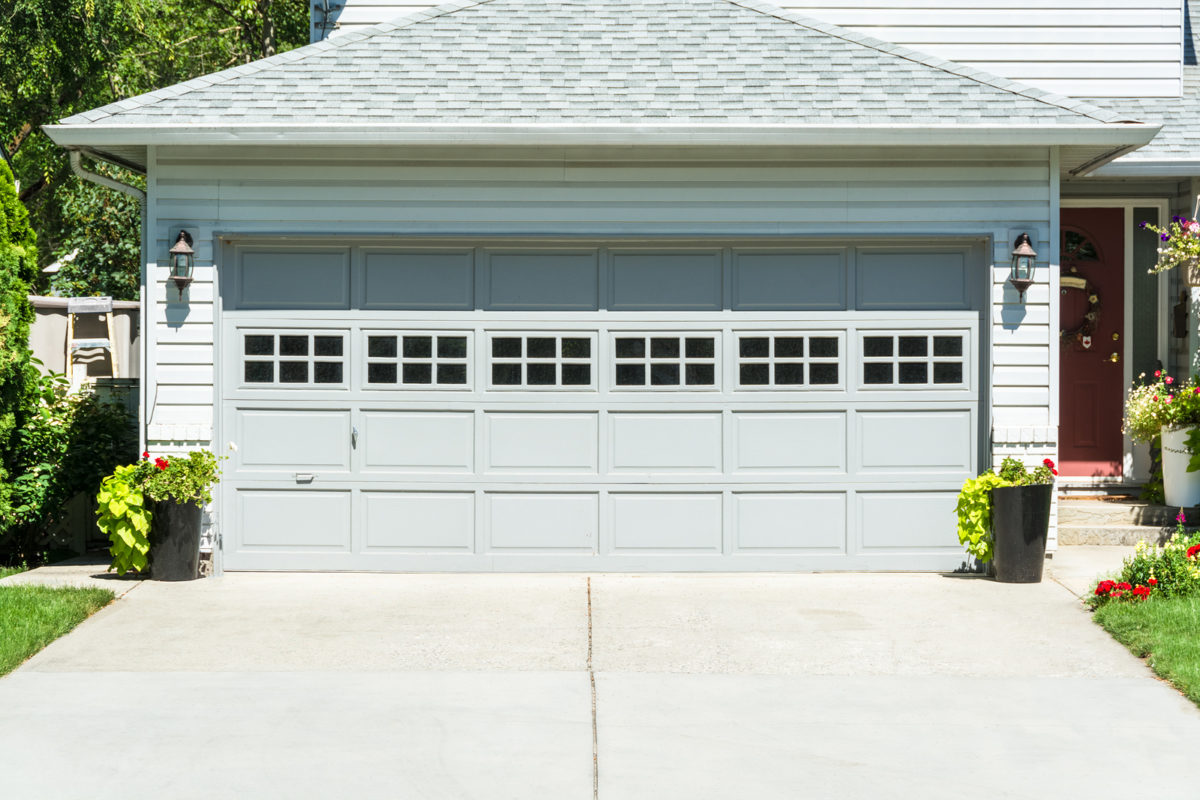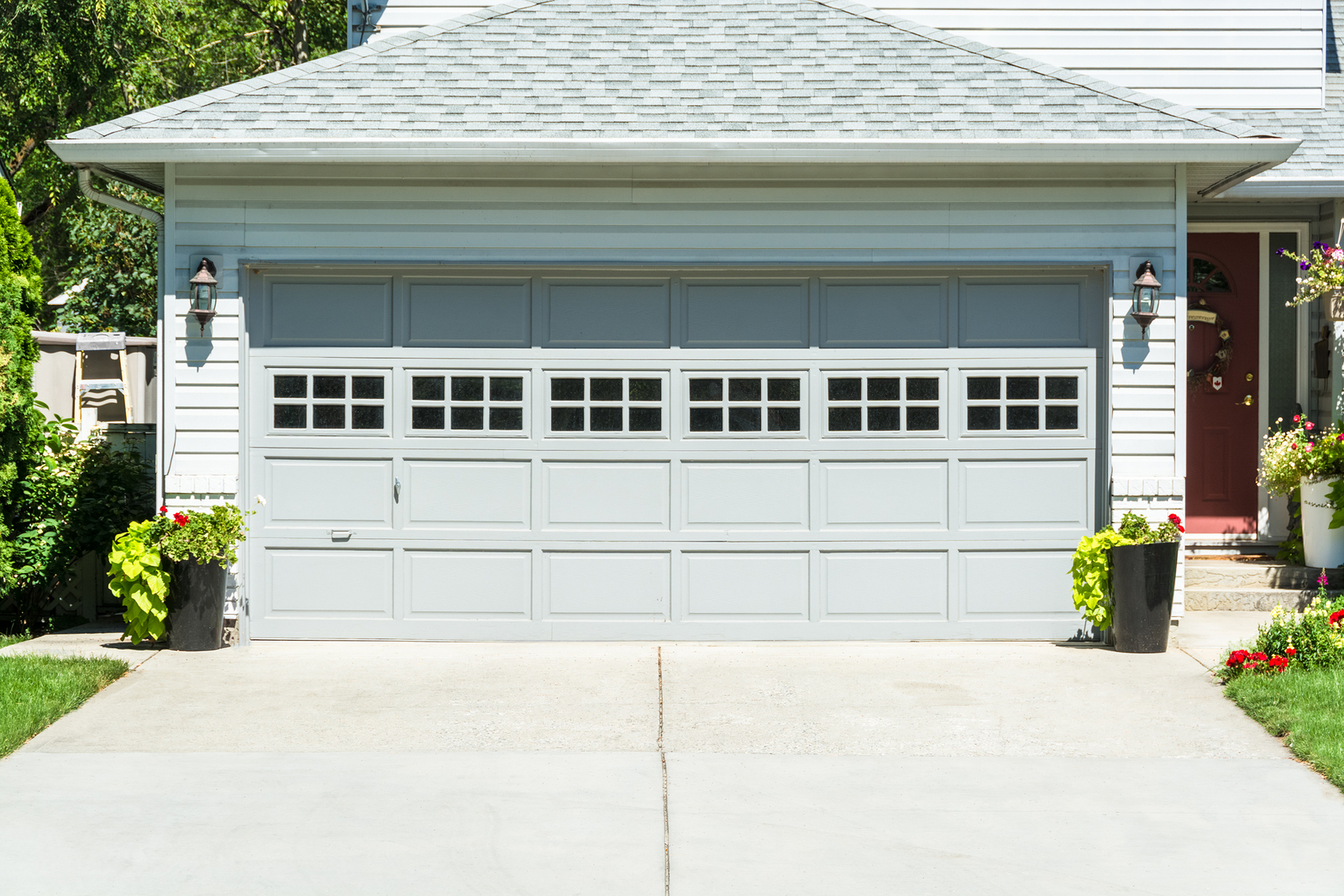
Too many home sellers feel that their listing agent is responsible for everything that comes after signing the listing agreement. Nothing could be further from the truth.
The homeowner is an active participant in many aspects of the sales process, from settling on the listing price to preparing the home for the market and being flexible when buyers’ agents request a tour.
While the 2019 real estate market will not likely be moving at the warp speed of last year and the year before, it’s still a prime time to sell a home so expect lots of activity when you list your home.
Then is not the time to prepare – that time is right now. Taking certain steps right now ensures smooth sailing through the entire process.
“If you’re proactive, you focus on preparing. If you’re reactive, you end up focusing on repairing,” according to American author John C. Maxwell. And, we agree.
Clear up clouds on the home’s title
When the buyer opens escrow, his or her lender will want a thorough examination of the home’s “title.” It’s a word you’ll hear frequently during that period of the transaction and it refers, simply, to the party or parties who have legal ownership and the right to use a piece of property.
The title examiner may find a problem with the home’s title. For example: Joan passed away, leaving the home to her three children. They put the home up for sale and instantly got an offer.
Then, the title examiner found a lien against the property. Joan had fallen behind in her payments, and the lender had been threatening to foreclose. Her kids had been working with the lender and were granted 90 days to sell the home.
Since the home was under contract to the new buyer, and the escrow company had instructions to pay the lender the past-due amount (plus fees, naturally) the lender agreed to release the lien and the transaction proceeded.
But, all of this took time, as you can imagine. You’ll find a list of other common title defects (also known as “clouds on the title”) online at First American Title.
A brilliant proactive step to take, if you suspect there may be a cloud on the title, is to order a title search before listing the home. We’re happy to help you do this.
Consider a pre-sale home inspection
When we live in a home for some time we naturally assume we know about all of its problems. Wrong.
We often see homeowners who are caught completely by surprise when the home inspector’s report turns up problems.
Depending on the scope of the problems, the deal can end up significantly delayed or even derailed.
Knowing all of the home’s problems prepares you for what is to come. And, should you decide not to make the repairs, it can help you more appropriately price the home for its condition.
Make the repairs that lenders/insurers commonly demand
If your buyer is using an FHA- or VA-backed mortgage, the lender may require certain repairs before agreeing to lend money to the buyer.
Typically, the lender will take issue with any problems dealing with the health and safety of the home’s occupants.
Some problems that don’t meet the FHA’s “minimum property standards” include:
- Debris in the home’s crawl space
- Lack of a fire door between the home and the garage
- Missing handrails on stairways and decks
- Cracked glass in windows
- Minor plumbing problems (such as dripping faucets)
- Ratty floor finishes or coverings (worn flooring, badly soiled carpeting)
- Evidence of previous termite or other wood-destroying pest damage if there is no evidence of previous repair work
- Worn countertops
This is only a partial list but it gives you an idea of some of the repairs the lender may require, depending on the buyer’s loan program.
The buyer’s homeowner insurance company may stick its nose into the deal as well, demanding that certain repairs be made or it won’t insure the buyer
Plan on making these repairs before listing the home for sale to avoid holding up the transaction.
Sure, it sounds like a lot of work, but being proactive saves you time and helps you make more money on the sale of your home.
Questions? We are happy to help.


















